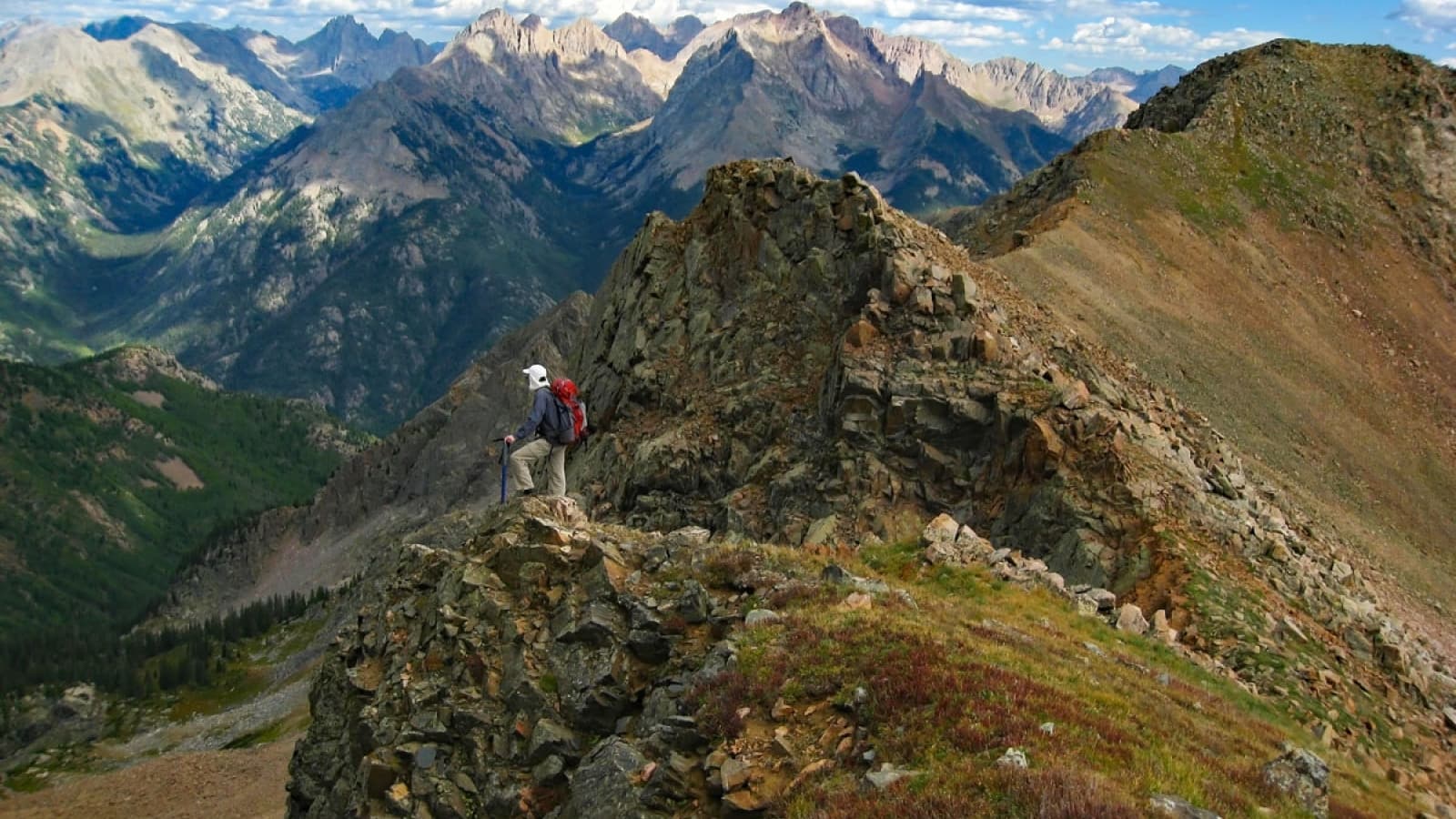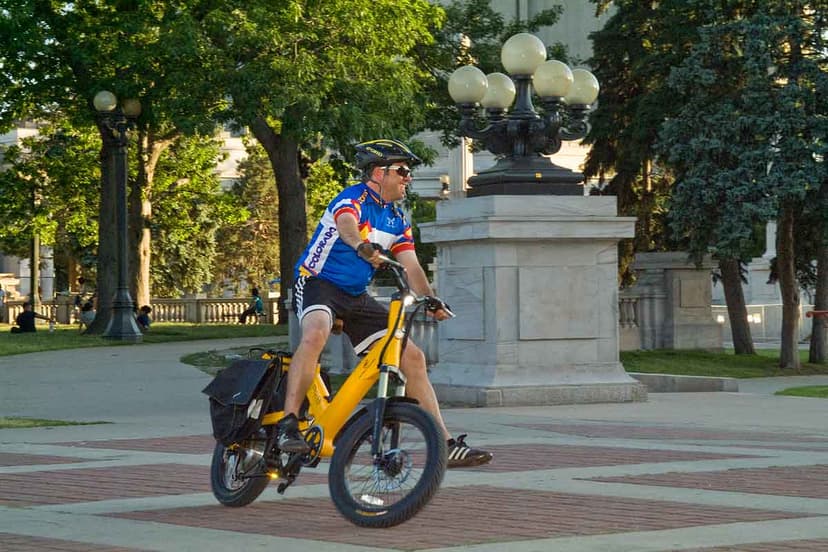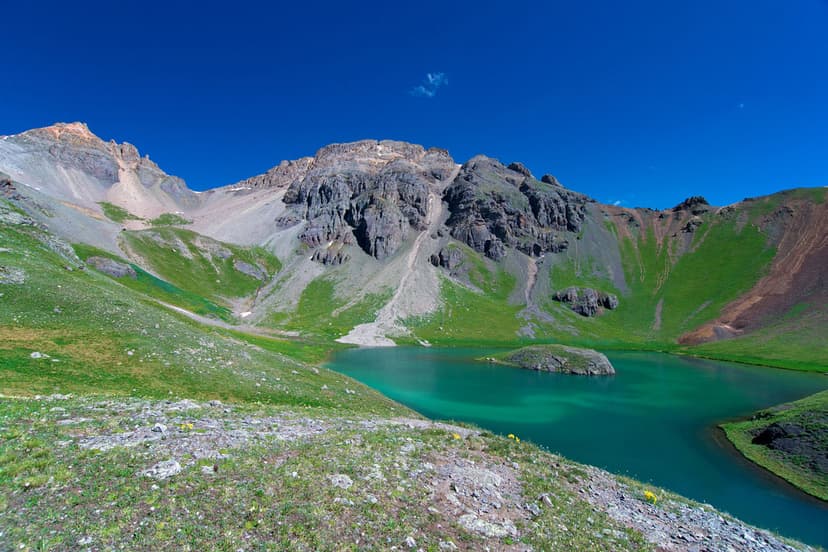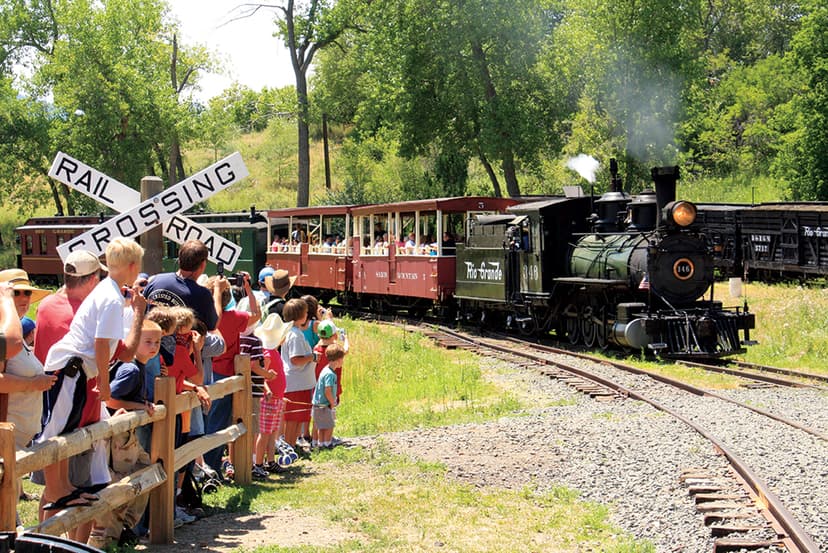While they are often overlooked, slightly lower-elevation mountains actually offer experiences that rival their taller counterparts.
What is Peak Bagging?
A peak bagger (n.) refers to a hiker who attempts to reach the summit of a mountain or collection of peaks, often those above a certain height.
More Solitude Than Fourteeners
While Colorado is blessed with 58 fourteeners* — more than any other state — we have nearly 600 summits that are 13,000 feet or higher (583 ranked or classified mountains to be exact). Since there are many more thirteeners to choose from statewide, the hiking traffic on the peaks is substantially lighter — providing more peace and quiet for seclusion seekers.
From simpler routes that can be completed in a handful of hours to technical treks for experienced climbers that require a multi-day backpacking trip, there are thirteeners to satisfy hikers of all skill levels — even families with kids.
Spectacular Views
On a thirteener, the charms of isolation are paired with only-in-Colorado vistas that seem to go on forever. Gather your brood for a drive to southwest Colorado’s San Juan Mountains for an expedition up 13,657-foot Carson Peak near Lake City, a route with easy terrain that’s perfect for those with junior ramblers and is possible to complete in a few hours. At the top, you’ll be rewarded with sights of slate-colored ridges spotted with snow banks that seem to glow against the blue sky (4x4 vehicle required to get to the trailhead).
Want to conquer two thirteeners in one day? Travel to the Mosquito Mountains to cross the 13,300-foot East Buffalo and 13,326-foot West Buffalo peaks near Fairplay off your list. Gentle steepness with just a few entrenched rocks and mineral deposits make scaling these twins a great day trip for those who can handle hiking about 8 miles roundtrip. The payoff: Panoramas of mountaintops peppered with swaths of emerald-green grass, sprawling tundra laced with baby-blue forget-me-nots and canary-yellow alpine sunflowers and opportunities to spot the resident herd of Rocky Mountain bighorn sheep.
The trailhead for 13,310-foot Mount Alice may be easy to access on Rocky Mountain National Park’s east side near Estes Park, but an 18-mile approach roundtrip and steep and rocky topography make for a challenging pursuit. But those who take on the excursion are comforted by sheer beauty the entire way, starting with the rustically pretty log structure at the Wild Basin Ranger Station — where you’ll hop on the Thunder Lake Trail. Highlights include views of sapphire-hued Thunder Lake and Lake of Many Winds from above Boulder-Grand Pass and overlooks of forested mountains framed by wispy clouds.
Off-the-Beaten Path
Conquering thirteeners offers an excellent excuse to explore some of our state’s lesser-known locales. So why not extend and enrich your thirteener quest with a stay in one of our quintessential high-altitude towns? Consider these combos.
Hike 13,794-Foot Square Top Mountain
Stay & Eat in Georgetown
Regularly passed over for its popular neighbor, 14,064-foot Mount Bierstadt, the path up this almost-fourteener passes shimmery lakes and wildflower meadows. Toast your accomplishment with margs at Mothers Saloon and rest your feet a in historical Georgetown, an old mining hub in Clear Creek Canyon.
Hike 13,517-Foot Trinchera Peak
Stay & Eat in Cuchara
Trinchera in the Sangre de Cristo Mountains deserves props for its jaw-dropping panoramas of the San Luis Valley and plentiful bighorn sheep and deer encounters. Book a shady campsite at Blue Lake Campground and stop for a well-deserved brewski and burger at Dog Bar & Grill.
Hike 13,209-Foot Homestake Peak
Stay & Eat in Leadville
Unobstructed sights of aptly named Turquoise Lake to the south and Elk Mountains to the west are definite perks to reaching the apex of this beauty. Wet your whistle at the Two Mile Brewing Co. and slumber at 10,152 feet amid antiques at the Delaware Hotel in America’s highest incorporated city.
Hike 13,233-Foot Belleview Mountain
Stay & Eat in Snowmass
Wildflower-loaded Rustler Gulch — a vast high-alpine basin in the Elk Mountains — adds stunning visual drama to the climax of this steep, hard-on-the-calves endeavor. Treat your body to some Italian-inspired carbs at il Poggio and sleep soundly in style at the Viceroy Snowmass.
Meet the Climbing Cooneys
Is it possible to summit all 583 thirteeners? Absolutely! It just might take you some time — 25 years to be exact. Tim and Carrie Cooney bagged their first thirteener in 1988 and finished climbing all of Colorado’s ranked thirteeners in 2013. The couple, who reside in Grand Junction and have summited peaks all 39 years of their married life. Check out their website
Be a Smart Hiker: Tips for a Successful (& Safe) Climb
Though you won’t ascend to an elevation quite as high as you would on a fourteener, you might encounter similar conditions, including snow and freezing temps at the height of summer — so climb at your own risk, be prepared and pack accordingly. It’s also important to start early and be off the mountain before the afternoon, when storms are common.
1. Know Your Strength
You don’t have to be built like a burly mountaineer (but if you are, that’s cool) — just make sure you and your companions are in solid shape and have experience hiking at high altitudes (low-oxygen environments above 5,000 feet in elevation).
2. Dress in Layers for Unpredictable Weather & Pack Wisely
Must-haves include: hiking boots or durable cross-trainers, rain gear, sunscreen, food, water, flashlight, map, compass, a lighter or matches, first-aid kit and any necessities you need for extra time outdoors or an emergency overnight stay.
3. Polish Your Map-Reading Abilities
Sorry, that gal who lives in your smartphone won’t be much help when it comes to finding certain trailheads and navigating routes, so brush up on those map and compass skills you learned in middle school. And while reception may be spotty, bring your cellphone in case of an emergency (because we like you and don’t want anything to happen to you).
4. Do Your Research
Climbing these mega-mountains is a task that shouldn’t be taken lightly (because they’re super tall!), so be sure you research the technical nature of each route and trails you plan to take — we don’t like to talk about what might happen if you don’t.
* There is a debate about exactly how many 14ers there are in Colorado. The Colorado Geological Survey says there are 58 peaks that exceed 14,000 feet in elevation. Others use this logic: To qualify, a peak must rise at least 300 feet above the saddle that connects it to the nearest 14er peak (if another exists nearby). You can make up your own mind!






